Choosing kitchen cabinets isn’t just about where to stash your plates, it’s about setting the tone for the entire space. I’ve learned that the right cabinet style can make your kitchen feel timeless, even as your taste or tile choices evolve.
Interior designers have their favorites, and for good reason, some styles just never go out of fashion. If you’re like me and want a kitchen that still feels fresh years from now, even after a few design detours, you’re in the right place.
1. Shaker Style
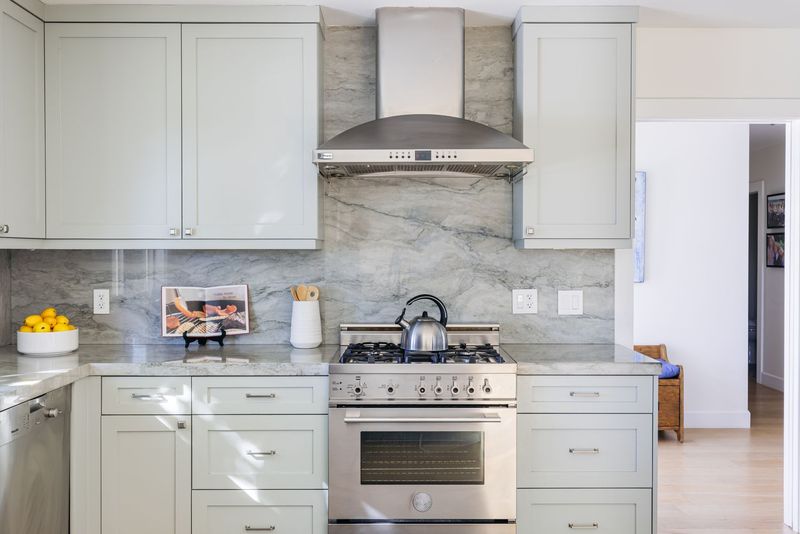
Shaker cabinets have been rocking kitchens since the 1800s, and guess what? They’re still the cool kid on the block!
With those clean, simple lines and that no-nonsense frame-and-panel design, they’re like the little black dress of kitchens.
If you’re wondering why these babies never go out of style, it’s their chameleon-like ability to play nice with literally any decor. From ultra-modern to farmhouse chic, Shaker cabinets just… work.
2. Flat-Panel Cabinets

Sometimes called slab doors, flat-panel cabinets rock the ‘less is more’ philosophy that’s been winning kitchen design awards for decades.
Without fancy panels or raised edges, these smooth operators let other elements in your kitchen steal the spotlight. Though they’re often associated with contemporary spaces, don’t box these versatile beauties in!
Depending on materials and hardware, flat-panel cabinets can swing from ultra-modern to surprisingly traditional faster than you can say ‘kitchen renovation’.
3. Inset Cabinet Doors

Where craftsmanship meets showstopping style, inset cabinets sit flush with the frame instead of overlapping it. Carpenters everywhere tip their hats to this meticulous design that screams ‘quality’ from every perfectly aligned corner.
While these beauties might cost a pretty penny more than their standard counterparts, the crisp, clean aesthetic they create is absolutely worth every cent.
How long do they last? Just peek into historic homes with original kitchens – those inset cabinets are still looking fabulous after decades!
4. Glass-Front Cabinets

Feeling fancy? Glass-front cabinets add that touch of elegance while breaking up the monotony of solid doors. Designers adore these see-through stunners for their ability to make small kitchens feel more open and airy.
Though you might think they’d quickly become dated, these transparent treasures have graced kitchens since Victorian times without losing their appeal!
Mix them with solid cabinets for that perfect balance – just enough to showcase your prettiest dishes, not enough to reveal your mismatched mug collection.
5. Beadboard Cabinets

If walls could talk, beadboard would tell tales of seaside cottages and country farmhouses where families have gathered for generations. Those vertical grooves add texture and character that flat surfaces just can’t match!
Despite their distinctly traditional roots, beadboard cabinets refuse to be pigeonholed. Sometimes they’re painted crisp white in coastal kitchens, other times they’re stained rich brown in rustic spaces.
Either way, their subtle texture adds dimension without screaming for attention – a recipe for enduring appeal.
6. Raised Panel Cabinets

Looking for something with a bit more oomph than flat fronts but not as country as beadboard? Raised panel cabinets might be your perfect match!
These dimensional doors feature a center panel that rises above the surrounding frame, creating shadows and visual interest. Though they’ve been around since your grandma’s kitchen (and probably her grandma’s too), raised panels have evolved.
Modern versions often feature simpler profiles that maintain the depth without the fussy details – exactly why they continue to grace kitchens decade after decade.
7. Two-Tone Cabinets
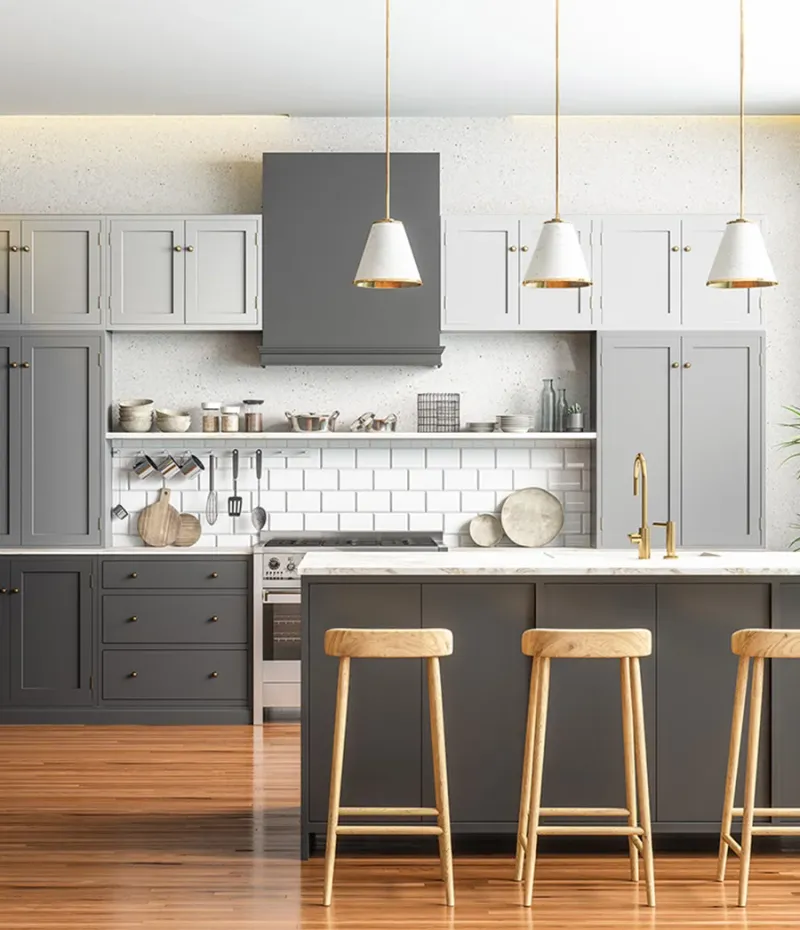
Can’t decide between light or dark? Why not both! Two-tone cabinets deliver that perfect balance designers swear by, typically with darker bases and lighter uppers.
The magic lies in creating visual interest without committing to a single color that might feel dated later. Although this trend has surged in popularity recently, it’s actually a classic approach that’s been around for centuries.
Remember those farmhouse kitchens with painted upper cabinets and stained lower ones? Same concept, just with a fresh spin that keeps kitchens looking current without becoming time-stamped.
8. Recessed Panel Cabinets
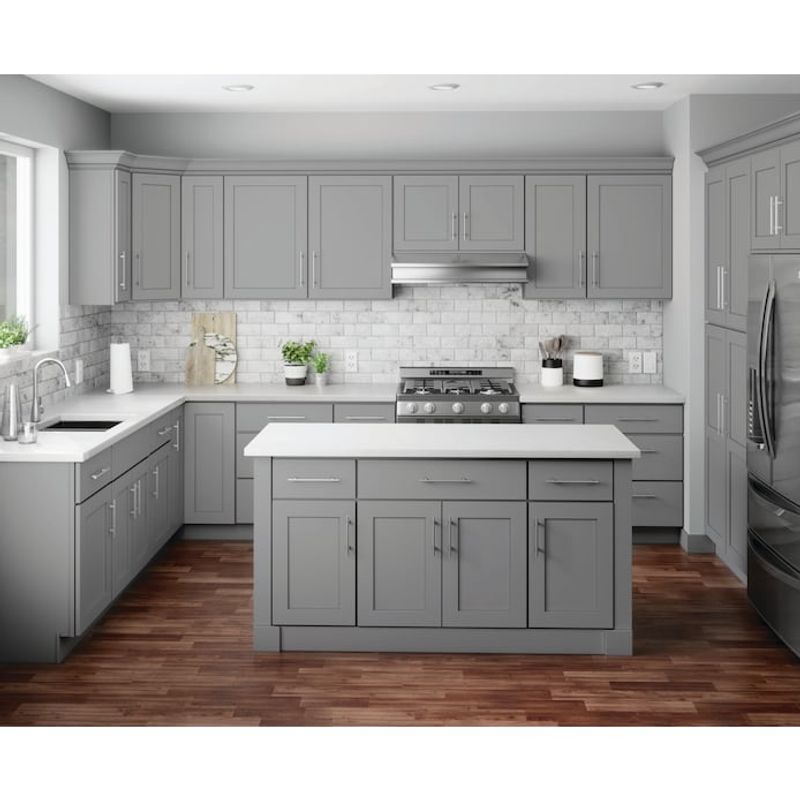
Opposite of their raised cousins, recessed panel cabinets feature a center panel that sits lower than the surrounding frame.
This subtle indentation creates just enough visual interest without going overboard, perfect for folks who appreciate understated elegance. While some cabinet styles scream for attention, recessed panels whisper sophistication.
Their clean lines work beautifully in transitional kitchens that blend traditional and contemporary elements. How do they stay relevant? By refusing to align with any extreme style position, making them adaptable as tastes evolve.
9. Slab Drawer Fronts
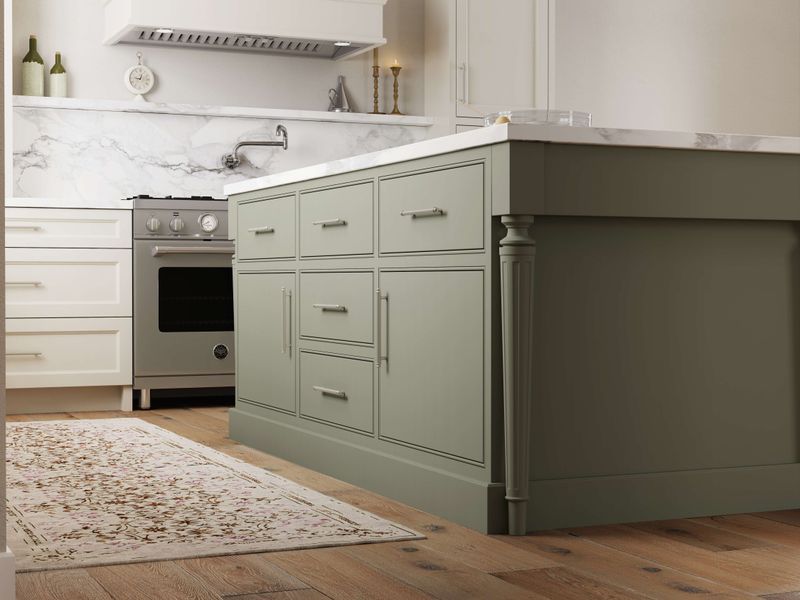
Who says your drawers and doors need to match? Mixing slab drawer fronts with more detailed cabinet doors creates that perfect balance between clean and interesting.
This hybrid approach is a designer secret for kitchens that feel fresh yet grounded. Though you might think this mixing-and-matching would look dated quickly, it actually does the opposite!
By incorporating both contemporary and traditional elements, you’re creating a kitchen that isn’t tied to any single design era. Smart, right? Plus, those flat drawer fronts are super easy to clean – always a timeless feature!
10. Frame And Panel Construction
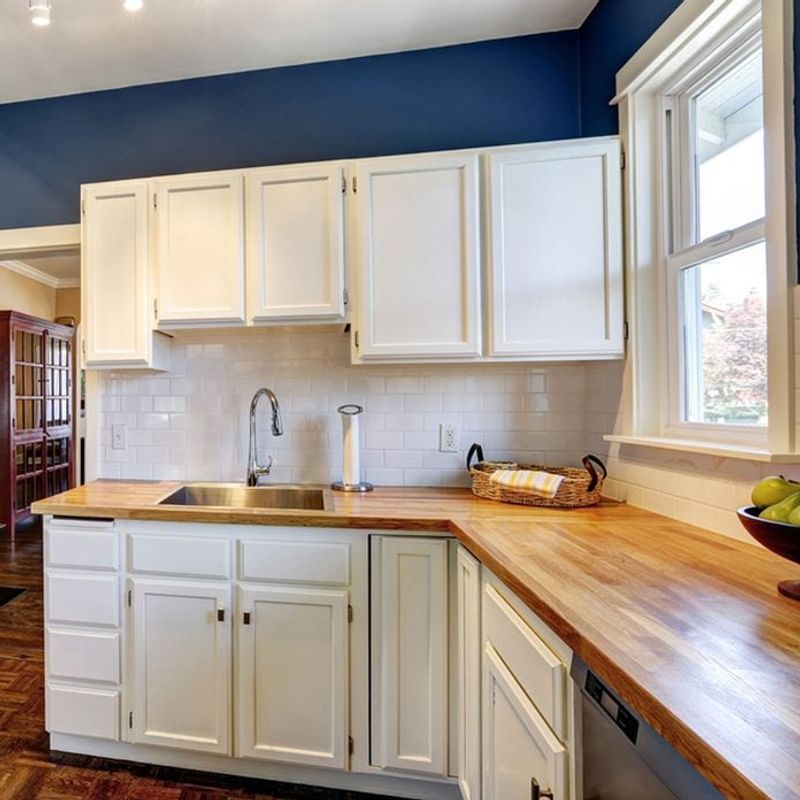
Frame and panel construction isn’t just a style – it’s a time-tested building method that prevents wood from warping as seasons change.
Found in everything from Shaker to raised panel designs, this approach uses a solid wood frame surrounding a thinner center panel. If you’re wondering why this matters, just ask anyone who’s dealt with a warped cabinet door!
The genius of this design allows wood to naturally expand and contract without causing damage. No wonder it’s been the go-to technique for quality cabinetry since furniture-making began – some things just can’t be improved upon.
11. Quarter-Sawn Oak Cabinets
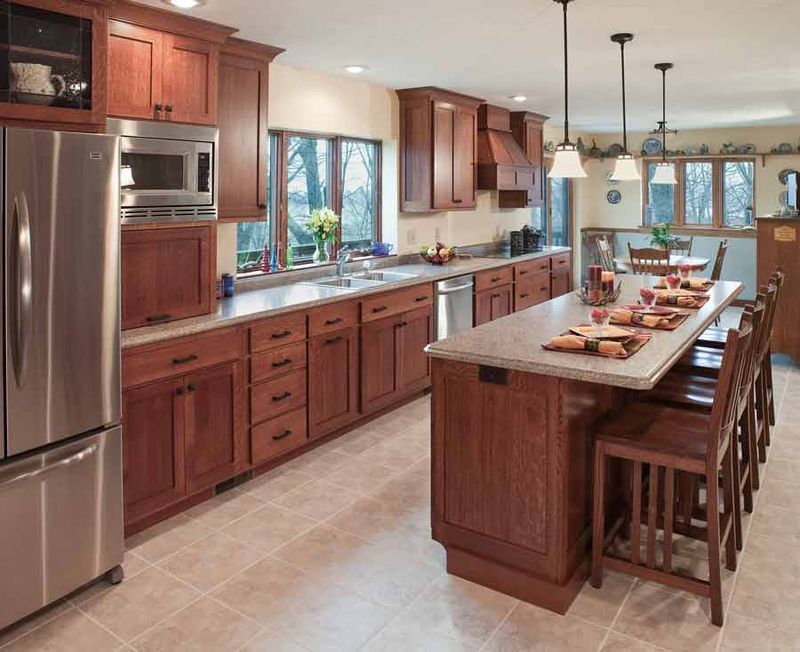
Quarter-sawn oak isn’t just gorgeous – it’s practically bombproof! This special cutting technique reveals those distinctive flecks and straight grain patterns that wood enthusiasts drool over.
Unlike trendy woods that come and go, quarter-sawn oak has maintained its status in fine furniture and cabinetry for centuries. Though associated with Craftsman and Mission styles, these cabinets adapt beautifully to contemporary settings too.
The secret to their versatility? That unmistakable grain pattern that reads as a neutral texture rather than a specific style statement, allowing them to evolve as your taste changes.
12. Overlay Door Mounting

Full or partial? When it comes to overlay doors (how much they cover the cabinet frame), both options offer lasting appeal for different reasons.
Full overlay creates that sleek, almost seamless look that’s been popular in European kitchens for decades, while partial overlay offers a more traditional aesthetic. What makes this technical detail so timeless? Flexibility! The same cabinet boxes can be updated with different overlay doors as styles evolve.
Many designers recommend choosing your overlay based on your home’s architectural style rather than current trends – matching your home’s inherent character creates that perfect “always belonged here” look.
13. Painted Finish
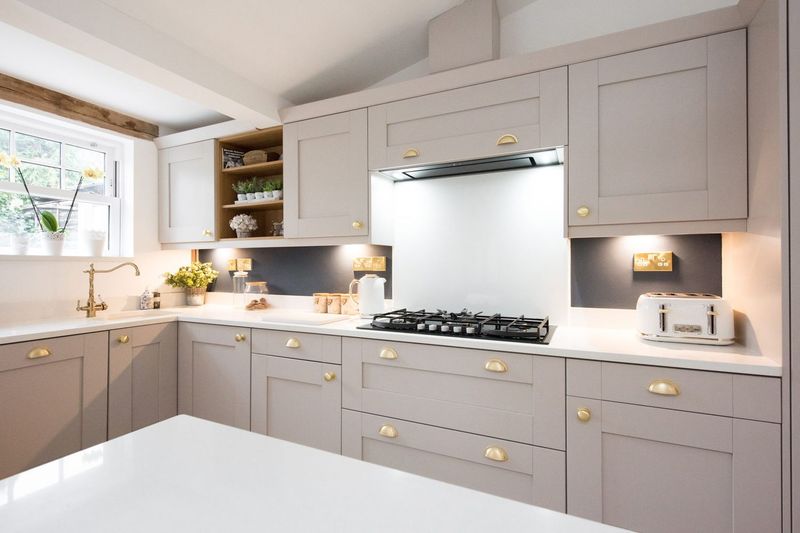
Painted cabinets might seem like a trend, but they’ve actually been around since kitchens existed! White, cream, gray, and black form a neutral quartet that designers return to repeatedly because they work with virtually everything.
Unlike woodgrain which can date itself to specific decades (hello, 1990s golden oak!), a quality painted finish in a classic color creates a clean canvas that evolves with changing accessories.
Tired of your kitchen’s look? Sometimes all you need is new hardware and wall color – the painted cabinets adapt like chameleons to their surroundings.
14. Natural Wood Finishes
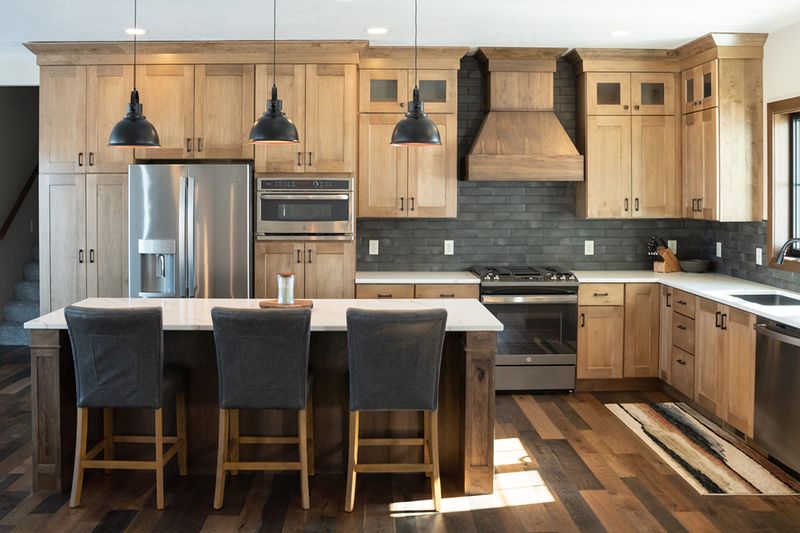
Mother Nature never goes out of style! Natural wood cabinets showcase those gorgeous grains that no manufacturer could ever replicate.
Unlike the orange-tinted finishes of decades past, today’s natural wood cabinets feature clear or lightly tinted finishes that let the wood’s true character shine through. From rich walnut to honey maple, wood cabinets connect us to something authentic in our increasingly digital world.
Though different species rise and fall in popularity, the appeal of natural wood itself remains constant – just look at how many “new” kitchens are now stripping away paint to expose original wood cabinetry!
15. Hardware-Ready Design
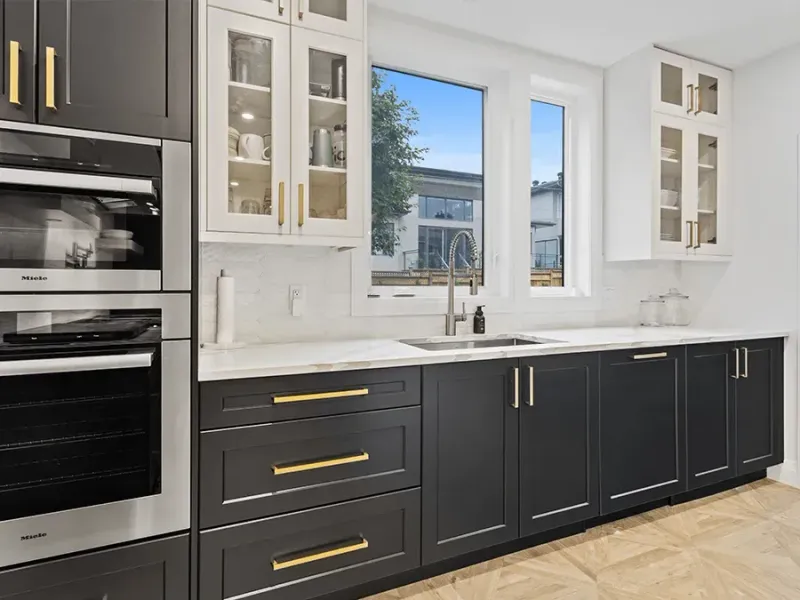
Smart cabinet designs account for hardware changes – those little knobs and pulls you’ll inevitably want to swap out someday! Cabinets with standard hardware placement and reinforced mounting areas ensure you can update your kitchen’s “jewelry” without damaging the doors.
Think of hardware as the accessories that can completely transform an outfit. Just as a classic dress works with different jewelry styles through the decades, well-designed cabinets accommodate evolving hardware trends.
Many designers even recommend simple, classic cabinet styles specifically because they can be easily refreshed with new hardware as tastes change.

